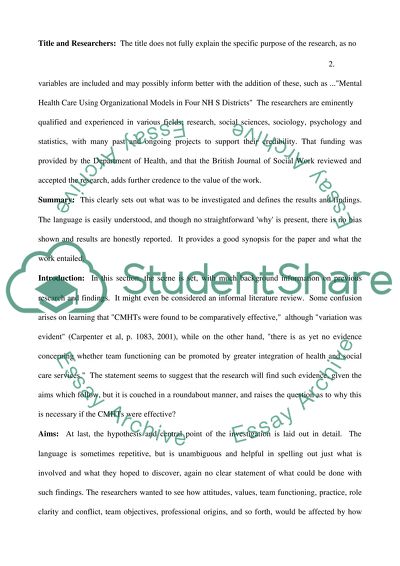Cite this document
(“Multidisciplinary Community Mental Health Team Research Paper”, n.d.)
Retrieved from https://studentshare.org/health-sciences-medicine/1523691-multidisciplinary-community-mental-health-team
Retrieved from https://studentshare.org/health-sciences-medicine/1523691-multidisciplinary-community-mental-health-team
(Multidisciplinary Community Mental Health Team Research Paper)
https://studentshare.org/health-sciences-medicine/1523691-multidisciplinary-community-mental-health-team.
https://studentshare.org/health-sciences-medicine/1523691-multidisciplinary-community-mental-health-team.
“Multidisciplinary Community Mental Health Team Research Paper”, n.d. https://studentshare.org/health-sciences-medicine/1523691-multidisciplinary-community-mental-health-team.


